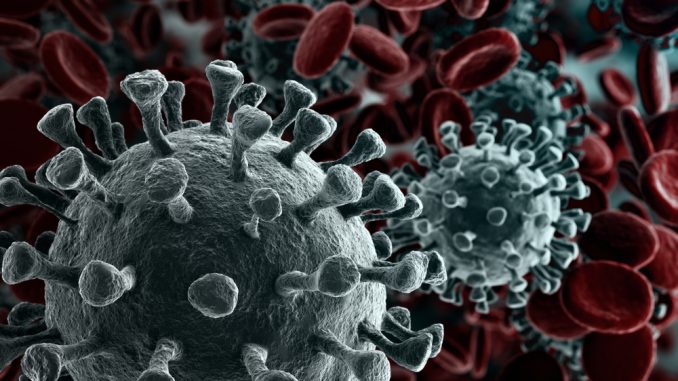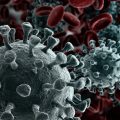
Marburg virus is a rare but severe type of hemorrhagic fever that affects both humans and non-human primates. It belongs to the same family of viruses as Ebola, called Filoviridae. The virus causes high fever, bleeding disorders, organ failure, and death in up to 90% of cases.
How does the Marburg virus spread?
Marburg virus is transmitted through direct contact with the blood, body fluids, or tissues of infected animals or people.
The virus can also spread through contaminated objects, such as needles or clothing. The natural reservoir of the Marburg virus is believed to be the African fruit bat, which can carry the virus without showing symptoms. People can get infected by handling or eating infected bats or other animals in contact with bats.
What are the symptoms of Marburg virus disease?
The incubation period of Marburg virus disease ranges from 2 to 21 days, meaning symptoms can appear anytime after exposure. The symptoms include:
- Fever
- Headache
- Muscle pain
- Weakness
- Nausea and vomiting
- Diarrhea
- Abdominal pain
- Chest pain
- Cough
- Bleeding from the gums, nose, or skin
- Shock
- Multi-organ failure
- Death
How is Marburg virus disease diagnosed and treated?
Marburg virus disease can be diagnosed by laboratory tests that detect the presence of the virus or its genetic material in blood or other samples.
However, these tests are not widely available and require special biosafety precautions. Therefore, diagnosis is often based on clinical signs and epidemiological clues, such as exposure history.
There is no specific treatment or vaccine for Marburg virus disease. The mainstay of treatment is supportive care, which includes providing fluids, electrolytes, oxygen, blood transfusions, and treating any secondary infections.
Patients with Marburg virus disease need to be isolated and cared for by health workers wearing protective equipment to prevent further transmission.
How can Marburg virus disease be prevented?
The best way to prevent Marburg virus is to avoid contact with infected animals or people. This includes:
- Avoiding contact with bats or their droppings in caves or mines.
- Avoiding consumption of bushmeat or raw meat from animals that may have been in contact with bats.
- Avoiding contact with blood, body fluids, or tissues of sick or dead people or animals.
- Washing hands frequently with soap and water or using alcohol-based hand rubs.
- Wearing gloves and other protective equipment when handling sick or dead people or animals.
- Burying or cremating the remains of people who died from Marburg virus disease safely and with dignity.
- Reporting any suspected cases of Marburg virus disease to the nearest health facility or authority.
Marburg virus disease is a serious and often fatal condition that requires prompt recognition and response.
Following these prevention measures can reduce the risk of infection and save lives.








Leave a Reply